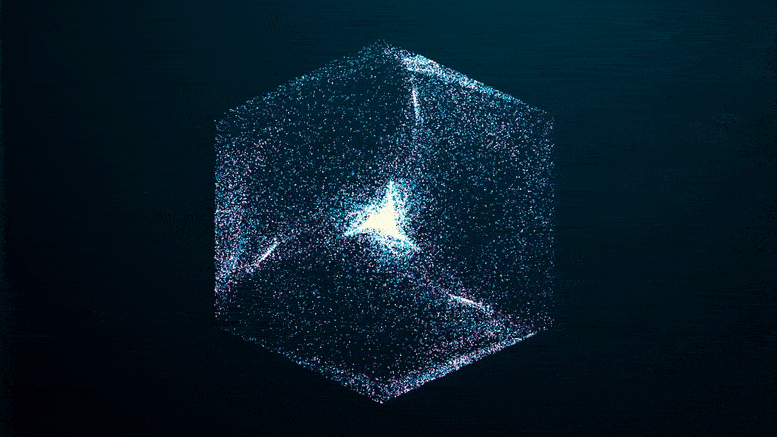Neptune-sized exoplanet denser than steel as a result of a catastrophic collision?

An alien exoplanet poses a challenge to planetary scientists. It is a hot Neptune that is denser than steel. The big question is: how did it form?
The planet is TOI-1538b and it orbits its dwarf star every 1.24 days. Planetary scientists classify it as a world located in the “hot Neptune desert”. This means that there are not as many hot Neptunes nearby as scientists expect. There are a few others like it, though it’s not as dense.
The statistics in this world are impressive. Its mass is about 75 Earth masses and its diameter is about 3.5 Earth radii. with a density of ~9.7 g/cm3, meaning that the interior contained a lot more rocky stuff than expected. (For reference, steel can be up to 8.0g/cm33.) This makes this place a puzzling discovery because its evolution does not seem to fit traditional planetary formation theories.
Could massive collisions be the answer?
A team of scientists led by Luca Naboniello of Rome Tor Vergata suspected that several catastrophic planetary collisions formed TOI-1538b. These impacts removed light atmospheric gases and water, leaving behind a rocky core. This is not a surprising conclusion, since planetary formation involves lots of small worlds colliding together to form larger worlds. So why don’t large objects collide with each other?
Senior researcher and study co-author Dr Phil Carter from the University of Bristol’s School of Physics explained the idea. “We have strong evidence for very active collisions between planetary bodies in our solar system, such as the presence of Earth’s moon, and good evidence from a small number of exoplanets,” he said. “We know that there is a great diversity of planets in exoplanet systems; Many of them have no counterpart in our solar system, but often have masses and compositions between those of the rocky planets and Neptune/Uranus (ice giants).
Collisions in the formation of exoplanets
Our solar system provides a good model for the formation of exoplanet systems. About 4.5 billion years ago, the proto-sun began to coalesce into a cloud of gas and dust. This nebula was rich in heavier elements useful in planet formation. Smaller particles – planetesimals – collided with each other in the resulting protoplanetary disk to form larger and larger objects. The result was four small rocky bodies as well as four giant worlds rich in gas and ice. In addition, the solar system contains dwarf planets, comets, asteroids, and moons.

These infant worlds continued to be bombarded, scarring some with craters (such as Mercury), and flipping at least one (Uranus) on its side. Planetary scientists look at this formation history to understand how similar processes occur around other stars. Spacecraft such as the Kepler and TESS missions have discovered more than 5,000 candidate scientists. Astronomers suspect that the galaxy is teeming with millions of planets. Most systems appear to contain groups of exoplanets similar to our own, although the sizes and masses do not always match those of our own.
Collisions remain an important part of how this exoplanet and other worlds formed. “Our contribution to the study (TOI-1853b) was to model intense giant impacts that could remove the lighter atmosphere and water/ice from the original larger planet in order to produce the maximum density measured,” Carter said. If this happens repeatedly, it would open up new avenues of study for planetary formation specialists.
Modeling a solid Exoworld
To understand its formation history, a science team led models of intense giant impacts that could strip away elements of the atmosphere. They found that proto-Neptune was once a very wet exoplanet. In order to lose all this material, an impactor would have had to hit it at more than 75 meters per second. Given these conditions, they could design a planet very similar to TOI-1853b. According to team member Zoe Lenhardt, the type of planetary influence that led to the creation of this exoplanet was not something they had thought about. “We had never before investigated such extreme giant impacts because it was not something we expected. There is a lot of work to be done to improve the material models that underlie our simulations, and to expand the range of extreme giant impacts for which they are modeled,” she said.

The next step is to make follow-up observations of the planet. It is important to know what is left of its atmosphere and the composition of its gases. While there is a “real life” example of what planetary scientists have formulated, other models seem likely. TOI-1853b provides new evidence that giant planet formation influences are widespread throughout the galaxy. This discovery helps connect planet formation theories based on the solar system to exoplanet formation.
for more information
New giant planet evidence of possible planetary collisions
A supermassive planet the size of Neptune
Source link




